Reimagining Indian Cities for Young Children: A Guide for Urban Governance

India accounts for nearly one fifth of the world’s annual child births and is enjoying a demographic dividend that is expected to peak around 2041. A supportive ecosystem and healthy physical environment are critical to helping our young children maximize their potential. Urban design and city planning, beyond just building playgrounds, play a crucial role in shaping the early years of a child’s life – the most vital period for their long-term health and development.
A first-of-its-kind program led by the Ministry of Housing and Urban Affairs and the Smart Cities Mission, and supported by the Van Leer Foundation with WRI India as its technical partner, the Nurturing Neighbourhoods Challenge (NNC) seeks to scale this approach. This blog details NNC’s key strategies to help mainstream the young-children-and-caregiver-friendly perspective across 10 Indian cities which can guide and encourage other urban local bodies (ULBs) to do the same.
Strengthening Internal Stakeholder Capacity
Decision-makers, including city government officials, are often unfamiliar with the 0-to-5-year demographic. Sensitizing them to the needs of young children, and caregivers, is crucial for building urban spaces that cater to everyone. This can be done through trainings, study tours, sharing guidelines and resources with multi-sectoral representatives, including officials from the road, garden and health departments and the Integrated Child Development Scheme (ICDS).
While it is important to build the capacity of decision-makers, senior officials and engineers, under NNC, Accredited Social Health Activist (ASHA) workers, Anganwadi teachers, public healthcare professionals, craftspeople and other frontline workers were also trained to facilitate the implementation of children-friendly spaces.
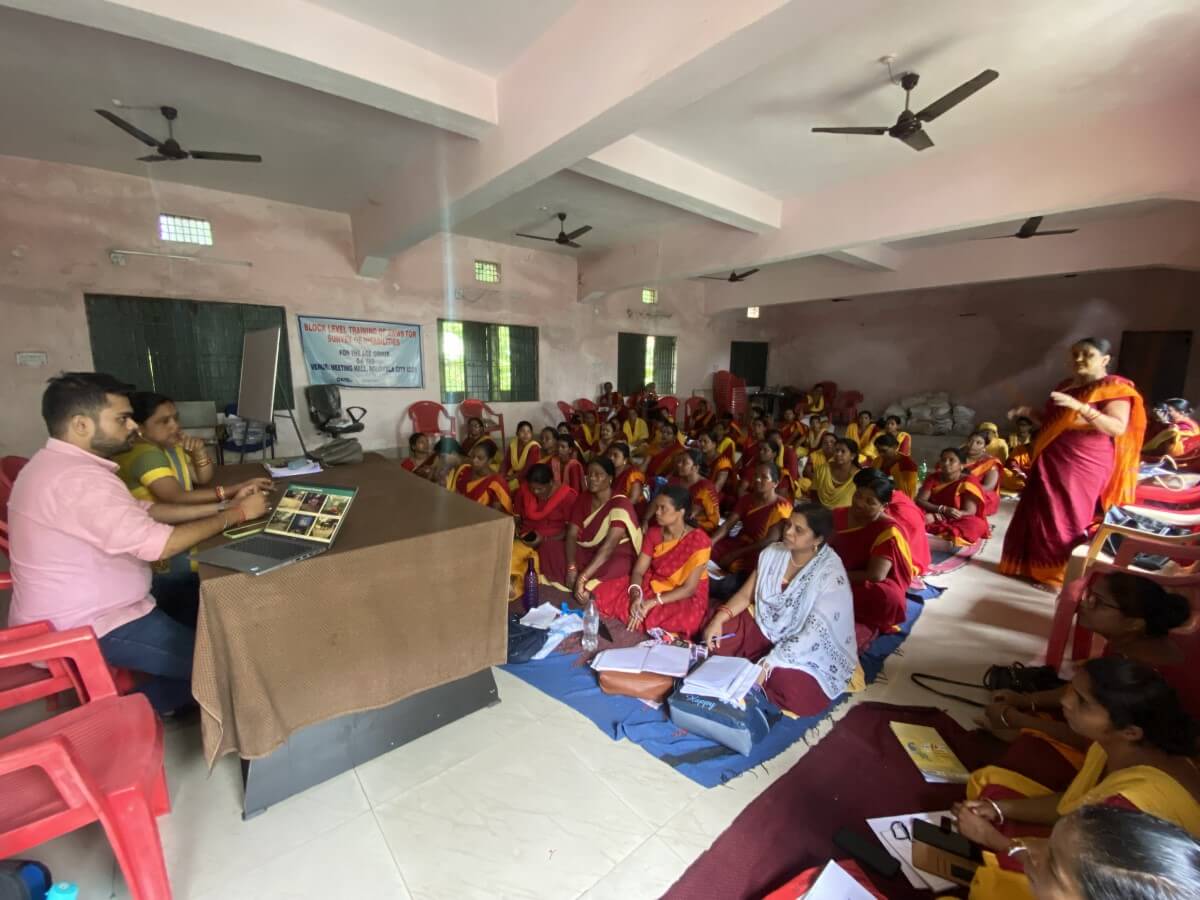
Data-Based Approach for Stronger Outcomes
Data-driven decision-making is key to ensuring equitable urban development. This data can be collected through spatial mapping as well as on-ground surveys that engage caregivers and health workers to better understand their challenges and perceptions. Their insights can highlight contextual issues and help build consensus for creating long-term, sustainable solutions. For example, mapping the availability and accessibility of early childhood development (ECD) facilities, such as Anganwadis and public health centers, enabled NNC cities develop such facilities near residential areas for ease of access, thereby leading to greater uptake.
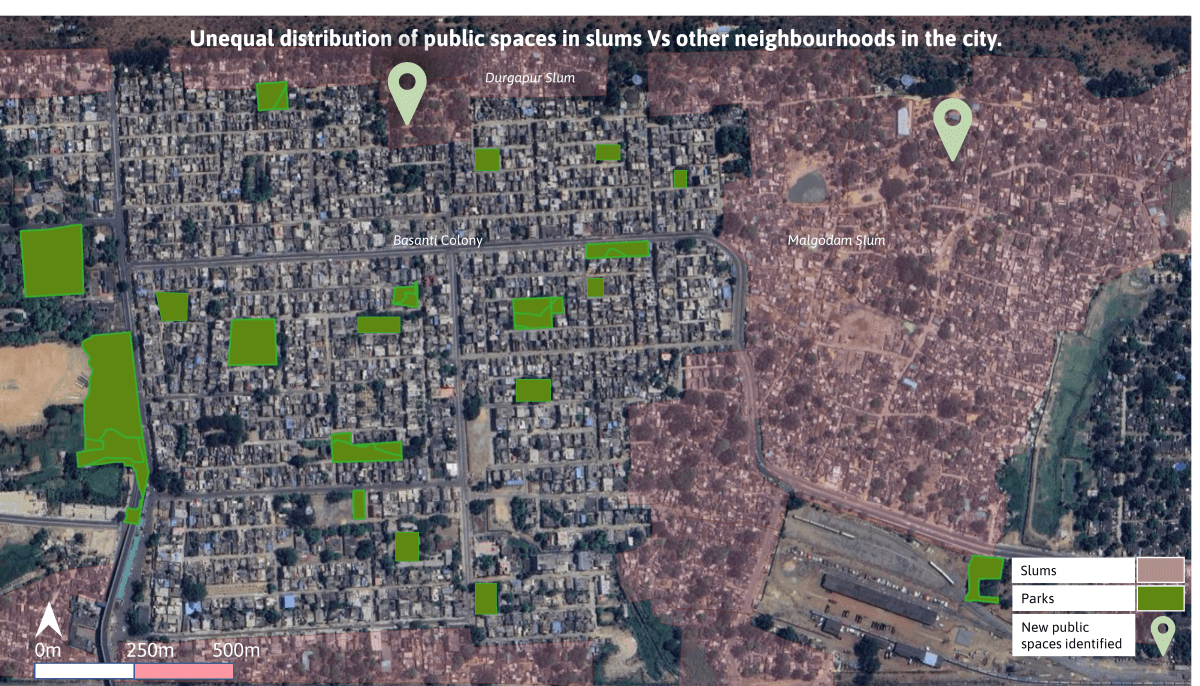
Building Partnerships and Strengthening Engagement
To sensitize all stakeholders to the needs of young children and caregivers, it is important to connect and engage with them through continued partnerships. Under NNC, various engagement sessions, such as focus group discussions and co-creation exercises, have helped mobilize community groups and sensitize government stakeholders.
Involving community members, in different phases of the project cycle, also inculcates a sense of ownership in the community, ensuring the upkeep and maintenance of the transformed public space. Sustained engagement with community members also helps create ‘champions of change,’ who are key to increasing demand for equitable and accessible public spaces.
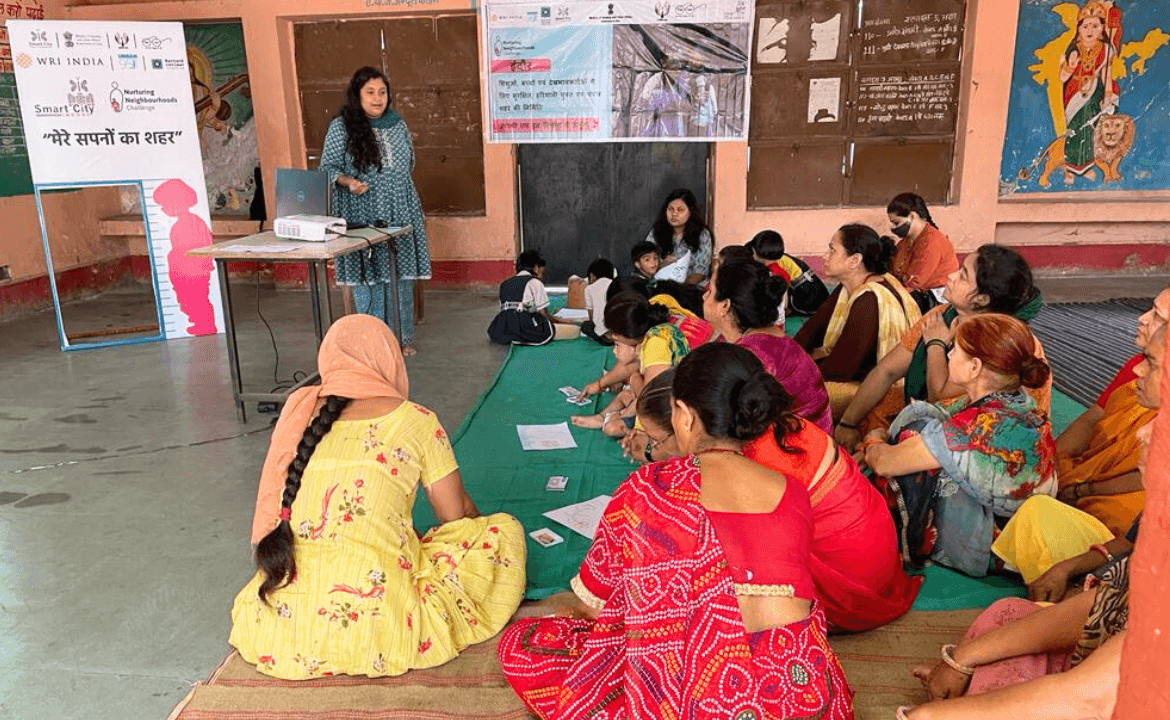
Testing Scalable Solutions
Trials to test out an intervention help gauge and gather community response and inputs. Based on this feedback, the design for the proposed intervention is further worked upon before being implemented on the ground.
The Placemaking Marathon, a national campaign conducted under the Azadi Ka Amrit Mahotsav initiative, gave much-needed impetus for cities to test low-cost and scalable public space interventions. The quick wins and learnings from this initiative helped scale up young-children-friendly public spaces across Indian cities. For example, the success of the trial intervention at the Eraveli Anganwadi in Kochi, led to the city scaling safe, accessible and playful outdoor spaces with shaded seating areas across 29 Anganwadis in Fort Kochi.
Exploring Diverse Funding Sources
Typically, cities have access to municipal budgets used for large-scale infrastructural development. Dedicated funds to facilitate small-scale young-children-friendly public spaces are lacking. Therefore, cities need to seek out alternative sources. Under NNC, cities did this through convergence with existing programs and other departments. This especially enabled smaller cities to implement multiple interventions despite their funding constraints.
As cities started to formulate scale-up strategies, NNC enabled them to explore existing and innovative financial resources through leveraging convergence with state schemes, crowdfunding, and Corporate Social Responsibility (CSR). For example, in Kohima, a roadside pocket park was implemented by Kohima Smart City Development Limited (KSCDL) in collaboration with Forest Colony residents through crowdfunding.
Adopting Long-term Policy Changes
To ensure the long-term sustenance of young-children-and-caregiver-friendly urban development, it is essential to integrate this approach with city-specific programs, policies and planning processes. Going beyond the city ULB, this approach needs to be institutionalized across all government departments through appropriate policies and guidelines.
Under NNC, the Directorate of Urban Land Transport (DULT) in Karnataka has amended its checklist of components for the State Urban Transport Fund (SUTF) to include young children and family-specific interventions in bus stations and other transit hubs. All transit agencies across Karnataka, seeking funds from SUTF, are mandated to implement the guidelines.
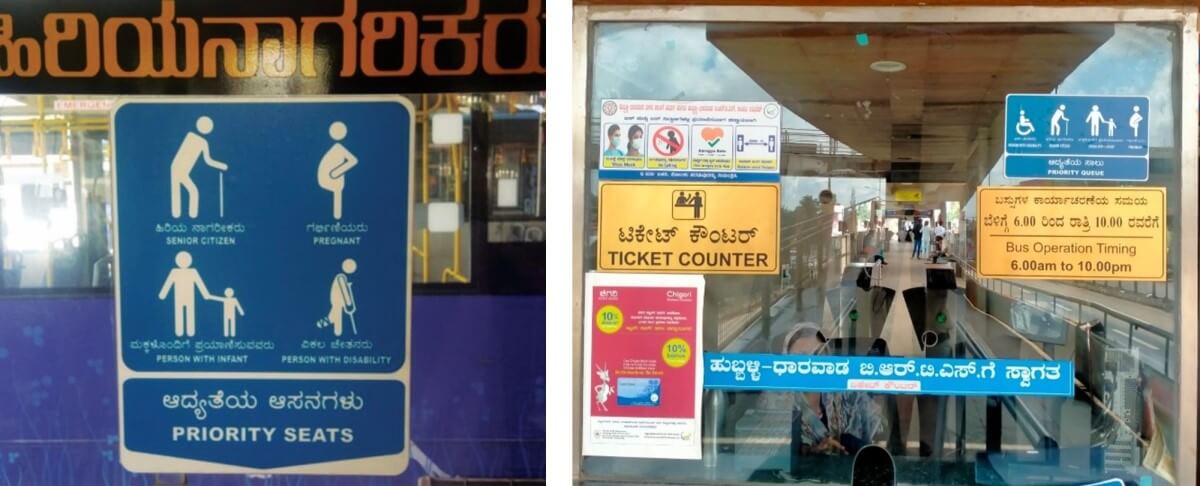
Encouraging the Formation of a Dedicated Institutional Setup
Creating a well-trained core group, consisting of multi-sectoral representatives within a ULB, is essential to mainstream this approach. Local champions in the government can help sustain the vision, collaborate across departments, and engage with the people on the ground. The formation of an institutional setup, such as the Nurturing Neighbourhoods Cell, headed by Municipal Commissioners or Smart City CEOs, in each of the ten cities that won the Nurturing Neighbourhoods Challenge, will act as the primary node for inter-departmental co-ordination and will help in laying out a roadmap for scaling the young-children-oriented public spaces across the city.
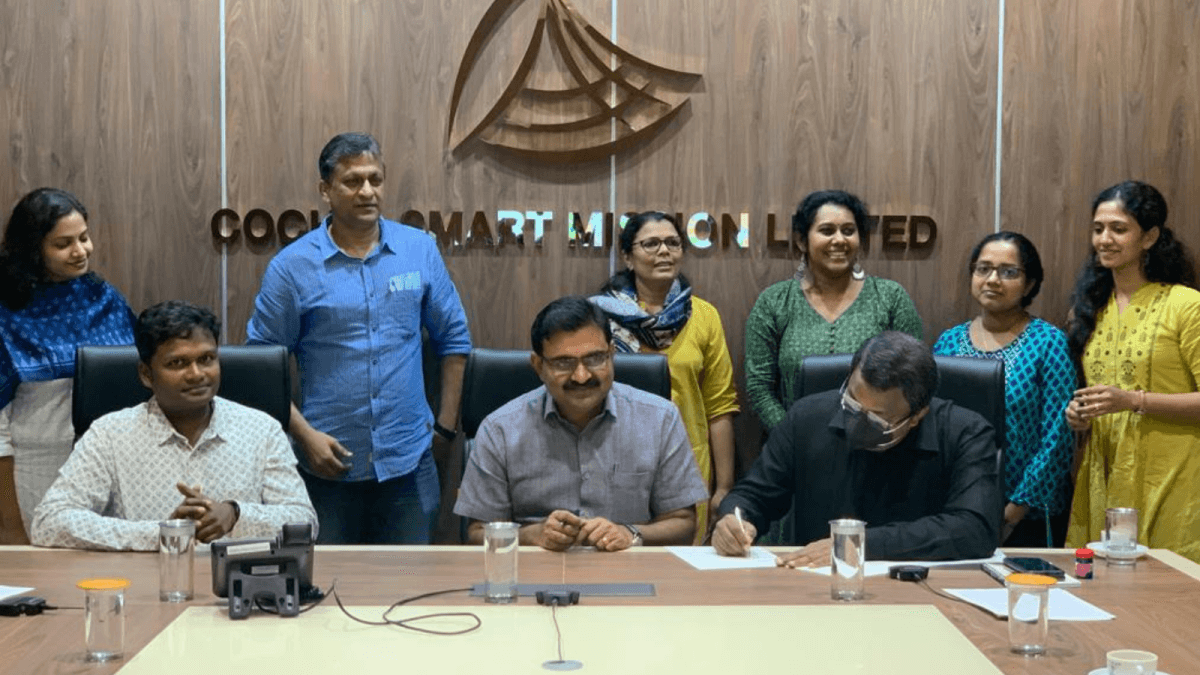
Developing stimulating, inclusive, and healthy public spaces is the best investment that our country can make. Fostering sustained conversations through community engagement, capacity building and other creative approaches, will go a long way in creating an intent-level change and sensitizing all stakeholders. Learnings from NNC can help other cities build upon and generate momentum for developing safe, accessible and inclusive neighborhoods.
All views expressed by the authors are personal.
